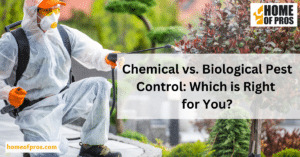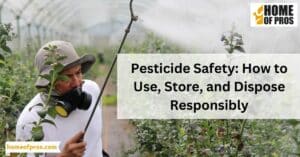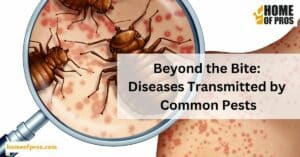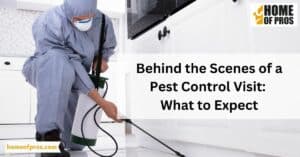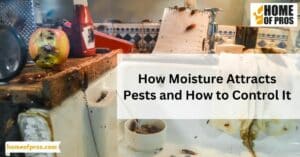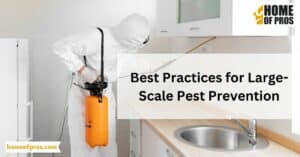Are pests invading your home? Are you tired of constantly dealing with the nuisance they bring? If so, then it’s time to take matters into your own hands and start implementing DIY pest-prevention strategies to keep your home pest-free.
Our DIY pest prevention tips will help you keep your home pest-free. From sealing openings to eliminating moisture sources, proper food storage, and using natural repellents, these 12 tips provide effective and cost-efficient solutions. Say goodbye to pests and hello to a clean, healthy home.

1. Seal Openings
Seal openings may not be the first thing that comes to mind when it comes to pest prevention, but it’s an essential step that can save homeowners a lot of trouble down the line. Pests such as rodents, spiders, and insects can find their way into our homes through small gaps and cracks in our walls, doors, and windows.
Sealing these openings helps to keep out unwanted visitors and also makes our homes more energy-efficient. There are several different materials that can be used for sealing, including silicone caulking, weatherstripping, and expanding foam.
It’s important to identify areas of concern and take the necessary steps to seal them before pests can become a problem.
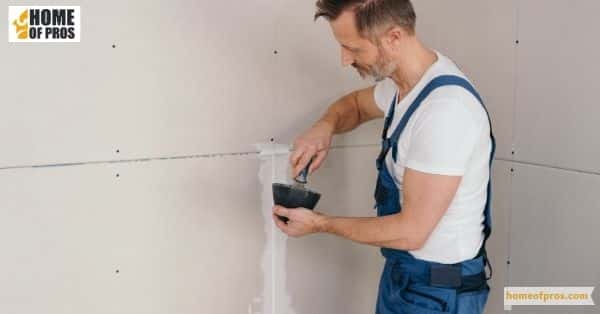
2. Eliminate Moisture Sources
Eliminating moisture sources is one of the most effective ways to keep pests away from your home. Pests such as termites, ants, and cockroaches thrive in moist environments, making it essential to fix any leaks and eliminate standing water.
It is vital to inspect your home regularly for any signs of moisture, including water stains, condensation, and damp areas. Also, ensure that your gutters and downspouts are clean, free of debris, and properly positioned away from your home’s foundation.
Addressing moisture issues in your home is not only practical for pest prevention, but it also helps to ensure a safe and healthy living environment for you and your family.
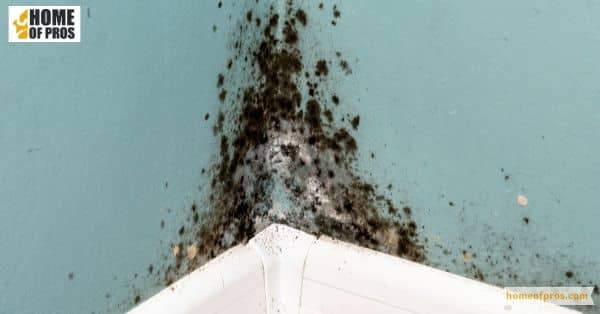
3. Store Food Properly
Properly storing food is crucial in preventing common household pests from infesting your home. The first step is to keep your pantry and cabinets clean and tidy, wiping up any spills or crumbs as soon as they occur.
Use airtight containers to store grains, cereal, and other dry goods to keep out pantry pests such as flour beetles and moths. Seal all opened packages of food, including pet food and snacks, to prevent ants and cockroaches from being attracted to the scent.
Additionally, always keep your fruits and vegetables in the refrigerator to discourage fruit flies and gnats from breeding. By following these simple storage tips, you can reduce the risk of an infestation and keep your home pest-free.

4. Eliminate Clutter and Debris
One way to prevent pests such as rodents, cockroaches, and ants from invading your space is by eliminating clutter and debris. Piles of papers, boxes, and other unwanted items can provide a hiding spot and nesting ground for pests, encouraging them to make themselves at home in your living space.
Regularly decluttering your home, disposing of unnecessary items, and keeping surfaces clean can go a long way in deterring pests from entering your home. So, take some time to evaluate your living space and eliminate any clutter and debris to help keep your home free of unwelcome visitors.

5. Keep Outdoor Areas Clean
By removing clutter, cleaning up any standing water, and properly storing outdoor pet food and garbage, you can help reduce the likelihood of a pest infestation. Regularly cleaning gutters and trimming trees and shrubs can also help keep unwanted critters away.
Taking proactive steps to maintain a clean outdoor environment can go a long way in preventing pests from entering your home, saving you time and money in the long run.
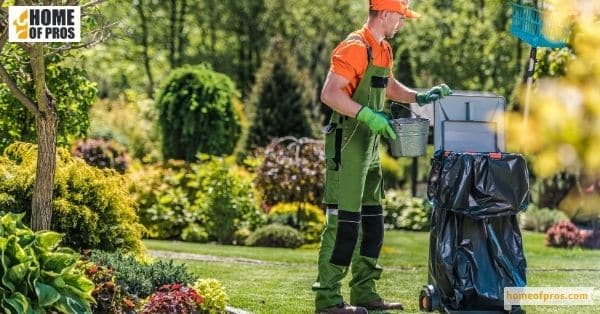
6. Trim Back Greenery
Greenery is a wonderful addition to any home, as it can make your space feel fresh and alive. However, if left unchecked, it can quickly become a breeding ground for pests. In order to maintain a pest-free home, it’s important to trim back any greenery that is encroaching on your property, especially if it’s touching the foundation or walls of your home.
By doing this, you’ll be limiting the access points that pests have to your home, making it more difficult for them to get inside. Additionally, trimming back your greenery can help improve the overall health of your plants, as it allows for better air circulation and sun exposure.
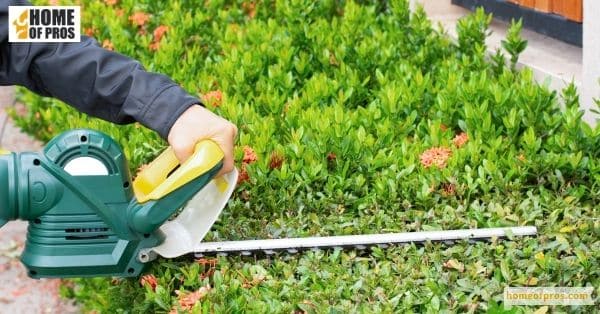
7. Install Screens or Mesh
When it comes to pest prevention, one often-overlooked aspect is the use of installed screens or mesh. These simple and affordable additions to windows, doors, and other openings in your home can have a significant impact on keeping pests out.
Screens and meshwork by limiting the access points that insects and other pests have to your home, while still allowing fresh air to circulate. They can also provide an added layer of security against unwanted intruders.
The installation process is relatively straightforward and can be a DIY project for those with moderate handyman skills. By considering the use of installed screens or mesh as part of your pest prevention plan, you can take a proactive step toward creating a pest-free home.
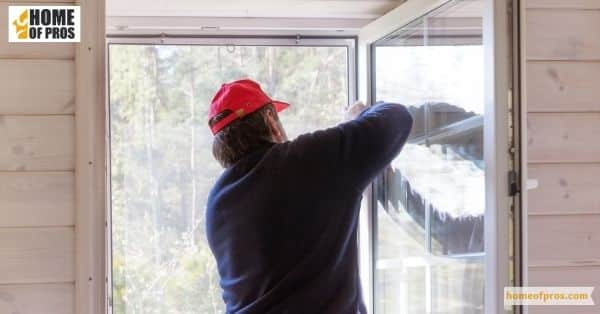
8. Replace Weather Stripping and Caulking
Over time, weather stripping and caulking can deteriorate, leaving gaps for insects and other pests to slip through. It’s important to inspect these areas regularly and replace any damaged or missing material as soon as possible.
Not only does this help to keep pests out, but it also helps to improve energy efficiency by preventing drafts and air leaks. Additionally, replacing weather stripping and caulking is a simple DIY project that requires only a few basic tools and supplies.
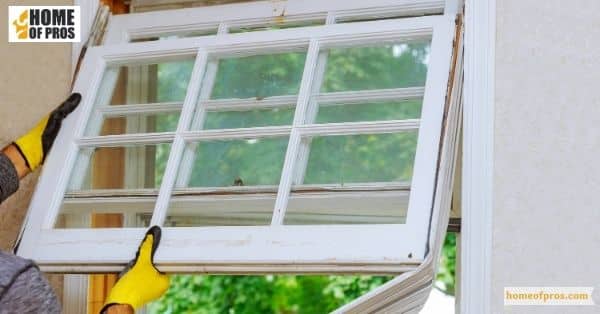
9. Use Natural Repellents
When it comes to pest prevention, there are a variety of options available. However, one natural and effective method is to use natural repellents. By incorporating essential oils such as peppermint, lavender, and tea tree oil into your cleaning routine, you can deter pests such as ants, spiders, and mosquitoes.
Additionally, planting herbs such as basil, rosemary, and sage in your garden can help keep pests at bay. It’s important to note that while natural repellents can be effective, they may not completely eliminate the presence of pests.
It’s also important to properly store and dispose of food and garbage to prevent attracting pests in the first place. With these tips, you can keep your home pest-free using natural methods.

10. Utilize Traps and Baits
Utilizing traps and baits is a smart way to keep your home pest-free. These tools are effective in controlling the population of pests such as ants, mice, and cockroaches. They work by luring the pests into the traps or baits with a tasty treat, like a piece of cheese or a sugary substance.
Once inside, the pests are unable to escape, and oftentimes, they take the bait back to their colonies, resulting in the death of many more pests. Keep in mind that not all traps and baits are created equal.
Research which ones are best for your specific pest problem, and make sure to place them in areas where pests are known to frequent. With a little bit of effort, you can say goodbye to pests and hello to a clean, healthy home.

11. Check New Items Before Bringing them Inside
It is important to be cautious when bringing new items into your home, especially if you are trying to maintain a pest-free environment. Insects and other pests can easily hitch a ride on objects such as clothing, boxes, and even furniture.
Take a few extra moments to inspect and clean any new items before bringing them indoors. This can include vacuuming upholstered furniture and washing clothing or linens in hot water. Being proactive can save you time and money in the long run by preventing a potential pest infestation.

12. Monitor for Infestations Regularly
One of the most effective ways to keep your home pest-free is to monitor for infestations regularly. While it may seem daunting, regularly inspecting your home for signs of pests can catch potential problems early on, making them easier to manage and prevent from spreading.
You can start by conducting a thorough inspection of your home’s foundation, windows, doors, and walls to identify any entry points that pests could use to enter your home. Additionally, checking for signs of droppings, nests, or damage to food storage containers can help you identify specific pests and take the necessary steps to address the issue.
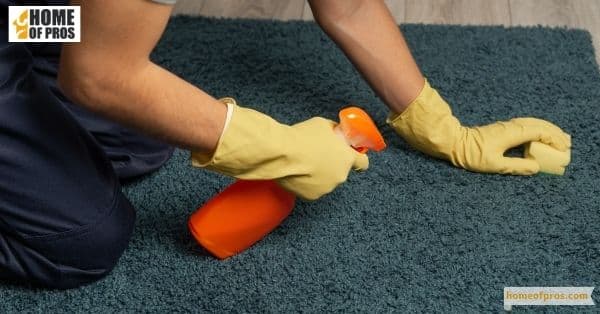
In conclusion
Pest prevention is an essential aspect of home maintenance that should not be overlooked. DIY pest prevention offers homeowners cost-effective, chemical-free solutions to keep their homes pest-free.
By employing simple measures such as regular cleaning, proper storage of food, and sealing cracks and crevices, homeowners can achieve a pest-free environment. Other tips like using essential oils, fixing plumbing leaks, and installing screens on windows can also help to prevent pests from invading your home.
With consistent maintenance and a commitment to utilizing these tips, homeowners can protect their homes from pesky pests and avoid costly extermination services in the future.


